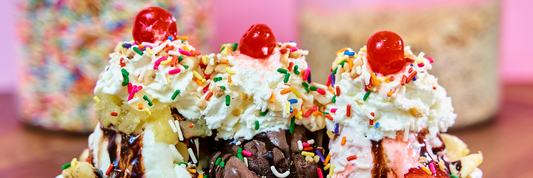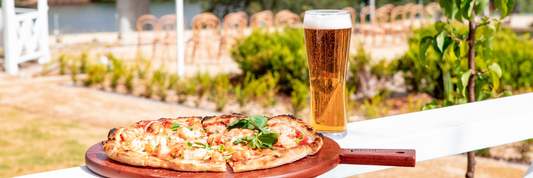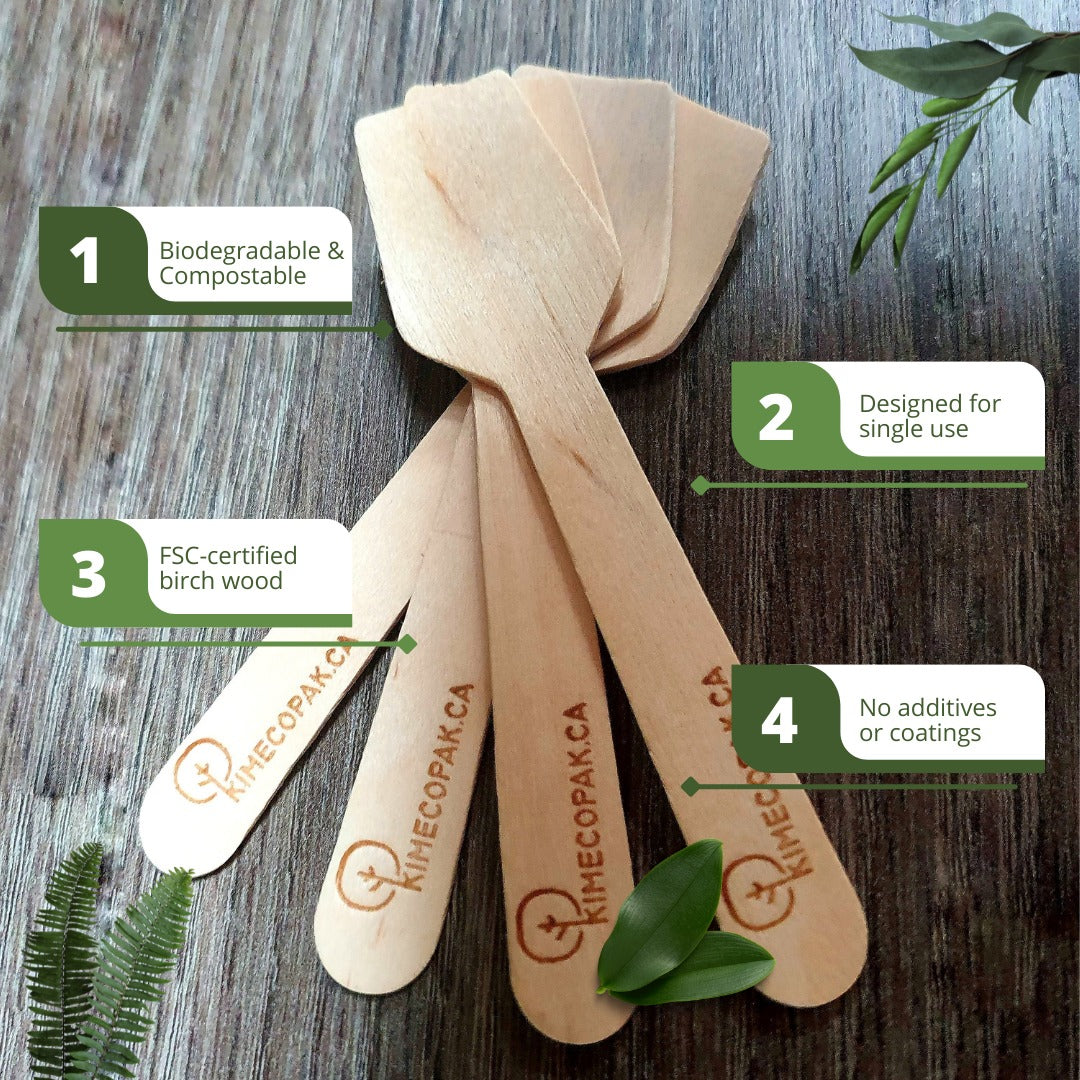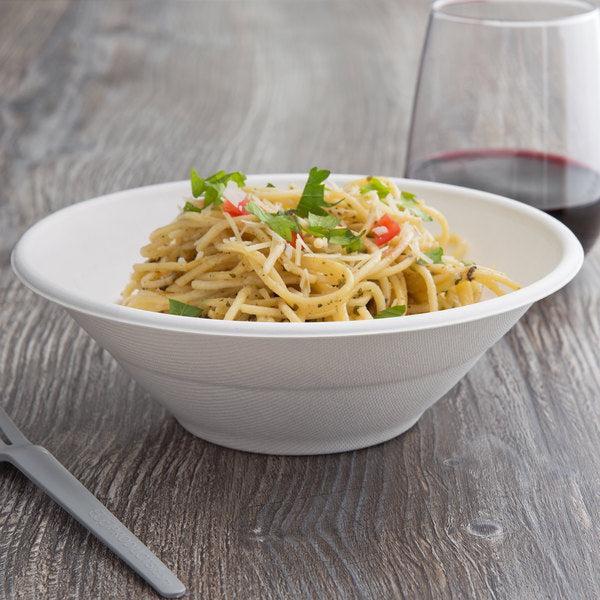Tapioca pearls are a unique and versatile ingredient that has gained global recognition, especially in popular beverages and desserts. Made from the starch of the cassava root, these chewy, translucent spheres offer a distinct texture that enhances various culinary creations. From traditional puddings to modern bubble tea, tapioca pearls have become an essential part of many cultures. This article will explore everything you need to know about tapioca pearls, from their origins and production process to their different varieties, nutritional value, and health considerations.
What is Tapioca Pearl?
Tapioca pearls (tapioca balls), often referred to as boba, are small, chewy spheres made from tapioca starch derived from the cassava root. These pearls are widely used in beverages like bubble tea and in various desserts worldwide. Their unique texture and ability to absorb flavors make them a favorite in many culinary traditions.

Tapioca Pearl Origins
Tapioca pearls trace their roots to South America, where cassava was first cultivated. Cassava later spread to Asia, where its starch was used to create tapioca pearls. The popularity of bubble tea in Taiwan during the 1980s helped tapioca pearls gain global recognition. Today, they are a staple in both Asian and Western food cultures.
Production Process of Tapioca Pearls
What is Tapioca Pearls Made Of?
Tapioca pearls come from cassava, a starchy root vegetable known for its high carbohydrate content. Cassava is processed into tapioca starch, which serves as the primary ingredient in making the pearls.

Extraction of Tapioca Starch
The cassava root is peeled, washed, and grated. The pulp is then soaked in water to separate the starch, which is dried into a fine powder known as tapioca starch or tapioca flour.
Formation of Pearls
Traditional Methods
In traditional methods, tapioca starch is mixed with water to form a dough. Small portions of the dough are rolled into spheres by hand and then dried for storage.
Modern Manufacturing Techniques
Industrial production uses automated machinery to mix, shape, and dry tapioca pearls efficiently. These machines ensure uniform size, texture, and quality.
Gelatinization and Drying
Tapioca pearls require gelatinization, which involves cooking them in boiling water until they become translucent and chewy. After cooking, they are often soaked in syrup to enhance their flavor.
Varieties of Tapioca Pearls
Clear Tapioca Pearls
Made from pure tapioca starch and water, these pearls become translucent when cooked. They are commonly used in puddings and certain drinks.
Black Tapioca Pearls
The most popular variety in bubble tea, black tapioca pearls contain brown sugar or caramel, giving them a darker color and richer taste.
Flavored and Colored Pearls
Manufacturers add flavors and food coloring to create fruit-flavored or colorful pearls, making them appealing for specialty drinks and desserts.
Mini and Large Pearls
Tapioca pearls come in various sizes, with mini pearls commonly used in puddings and large pearls preferred in bubble tea.
Culinary Uses of Tapioca Pearls
Bubble Tea (Boba Tea)
Preparation and Serving
Tapioca pearls are cooked, soaked in syrup, and added to milk tea, fruit tea, or smoothies. They add a chewy texture, making the drink more enjoyable.
Global Popularity and Variations
Bubble tea originated in Taiwan and has gained worldwide popularity, with variations including matcha, taro, and fruit-infused teas.

Desserts
Puddings
Tapioca pudding is a popular dessert made with tapioca pearls, milk, sugar, and eggs. It is enjoyed both warm and cold.
Asian Sweet Soups
Many Asian countries use tapioca pearls in sweet soups, such as Vietnamese chè and Chinese tong sui.
Other Regional Delicacies
In Brazil, tapioca pearls are used in desserts like sagu, a sweet dish made with wine or fruit juice.

Savory Dishes
Sabudana Khichdi (India)
In India, small tapioca pearls (sabudana) are cooked with spices and vegetables to create a nutritious dish commonly eaten during fasting periods.
Other Traditional Recipes
Some cultures use tapioca pearls in soups, porridge, and dumplings.
Health Considerations
Tapioca Pearls Benefits
Energy Source
Due to their high carbohydrate content, tapioca pearls provide quick energy.
Digestive Health
Tapioca starch is easy to digest, making it suitable for people with sensitive stomachs.
Potential Risks
High Caloric Intake
Frequent consumption of bubble tea with sweetened pearls can contribute to weight gain.
Additives and Preservatives
Some commercial pearls contain artificial colors and preservatives that may not be healthy.
Allergic Reactions
Although rare, some people may experience digestive discomfort or allergies to tapioca.
FAQs About Tapioca Ball
Are tapioca pearls gluten-free?
Yes, they are naturally gluten-free.
Can tapioca pearls cause allergies?
Allergies are rare but possible.
Conclusion
Tapioca pearls have come a long way from their humble origins, evolving into a widely cherished ingredient found in bubble tea shops, dessert recipes, and traditional meals across the globe. Their chewy texture, mild taste, and adaptability make them a favorite among food enthusiasts. However, as their popularity grows, it’s important to consider their nutritional value, health effects, and environmental impact. Whether you’re indulging in a sweet tapioca pudding or sipping on a bubble tea, these tiny pearls offer a delightful experience that transcends cultures and generations.







